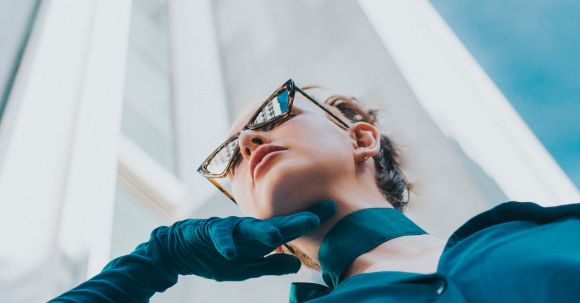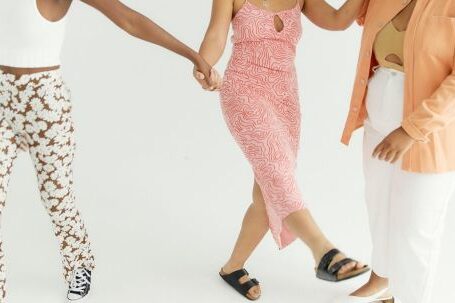Color coordination plays a vital role in molding outfits and creating a harmonious overall look. The right combination of colors can elevate any outfit, making it stand out and leaving a lasting impression. However, achieving perfect color coordination requires some understanding of color theory and a keen eye for detail.
The first step in creating a well-coordinated outfit is to choose a color palette. This involves selecting a primary color and then selecting complementary or analogous colors to go with it. Complementary colors are opposite each other on the color wheel, while analogous colors are adjacent to each other. Both options can create a visually pleasing and balanced look.
Once the color palette is established, it’s crucial to consider the occasion and the desired mood. Bright and bold colors are perfect for a vibrant and energetic look, while muted and pastel shades are more suitable for a soft and sophisticated vibe. Understanding the psychology of colors can help in selecting the right hues to evoke the desired emotions.
The next step is to consider the color temperature. Colors can be warm or cool, depending on their undertones. Warm colors, such as red, orange, and yellow, create a cozy and inviting feel, while cool colors, like blue, green, and purple, give off a calm and serene vibe. Balancing warm and cool colors in an outfit can create a visually pleasing contrast.
Another important aspect of color coordination is considering the skin tone. Some colors complement certain skin tones better than others. For example, individuals with warm undertones tend to look best in earthy tones like brown, orange, and gold, while those with cool undertones can pull off jewel tones such as emerald green and sapphire blue. Experimenting with different colors against the skin can help identify the most flattering shades.
When combining multiple colors in an outfit, it’s essential to maintain a sense of balance. One way to achieve this is through the use of neutrals. Neutrals, such as black, white, gray, and beige, act as a bridge between different colors, allowing them to coexist harmoniously. They also provide a sense of grounding and can be used to tone down bolder hues.
Pattern mixing is another way to add interest and depth to an outfit. When mixing patterns, it’s essential to consider the color coordination of each pattern. One approach is to choose patterns that share a common color or color palette. This creates a cohesive and unified look, even with different patterns at play.
Accessories are the final touch in molding an outfit with perfect color coordination. They can tie the entire look together and add pops of color or texture. When choosing accessories, it’s best to consider the color palette and choose pieces that complement the outfit without overpowering it.
In conclusion, molding outfits with perfect color coordination requires thoughtfulness and attention to detail. Choosing a color palette, considering the occasion and desired mood, understanding color temperature, and taking into account skin tone are all important factors. Balancing warm and cool colors, incorporating neutrals, and experimenting with pattern mixing can add depth and interest to an outfit. Lastly, accessories can complete the look and enhance the overall color coordination. By following these guidelines, anyone can create stunning and well-coordinated outfits that leave a lasting impression.





